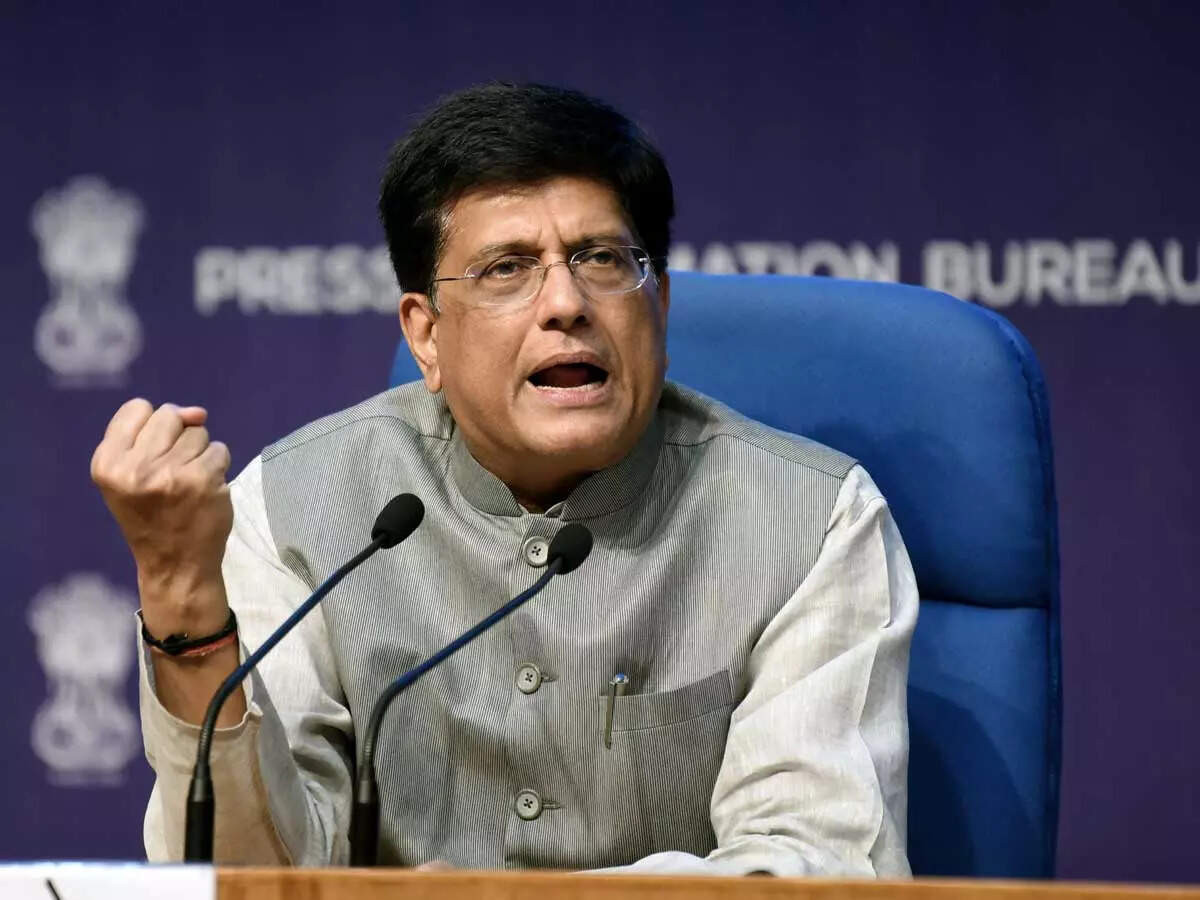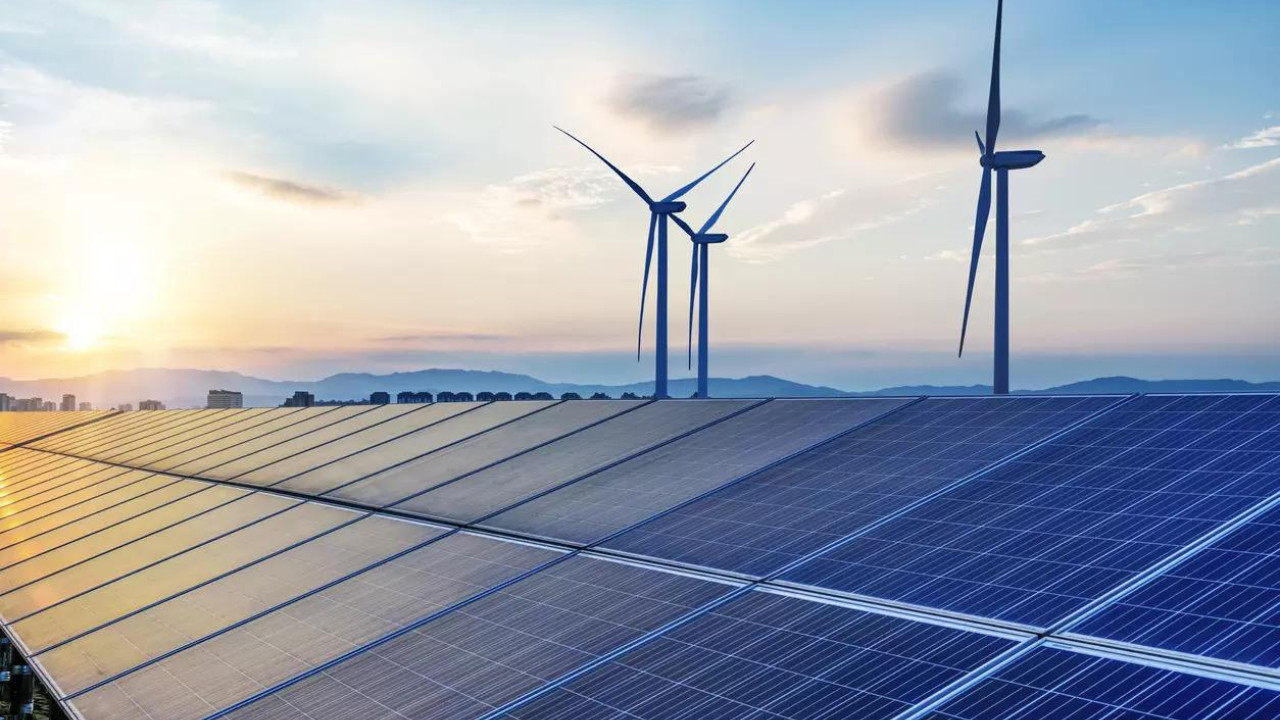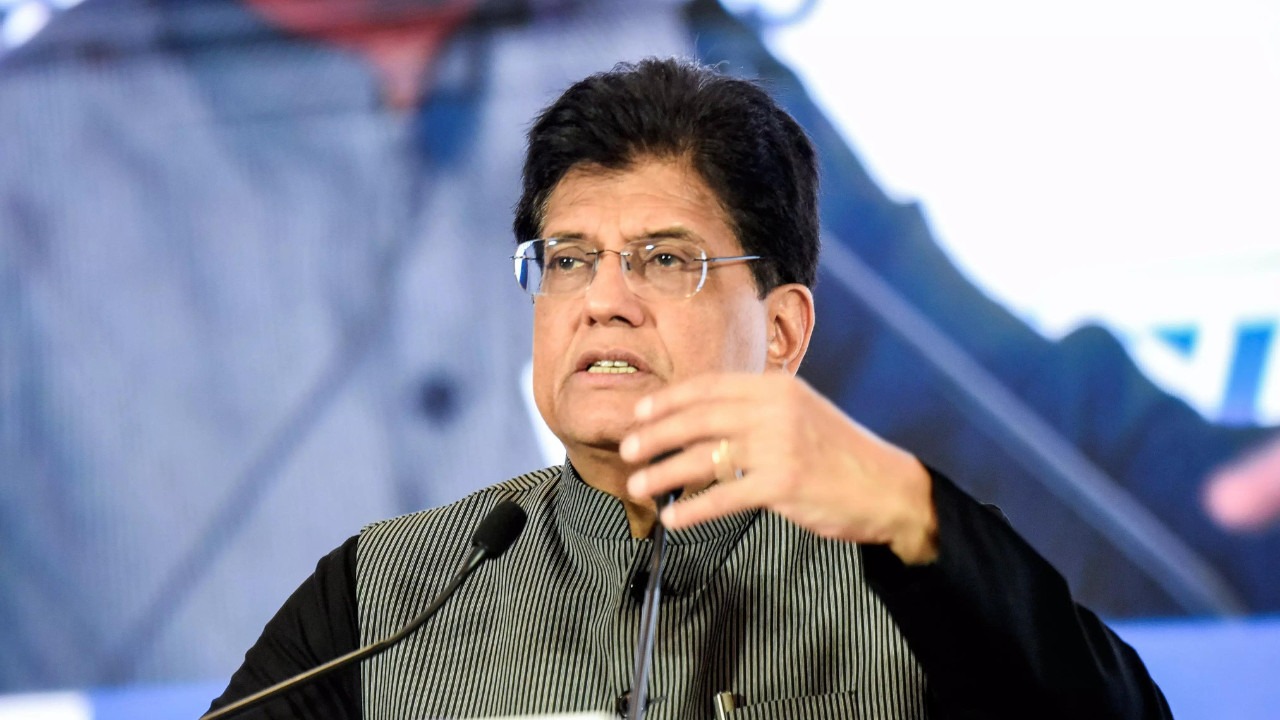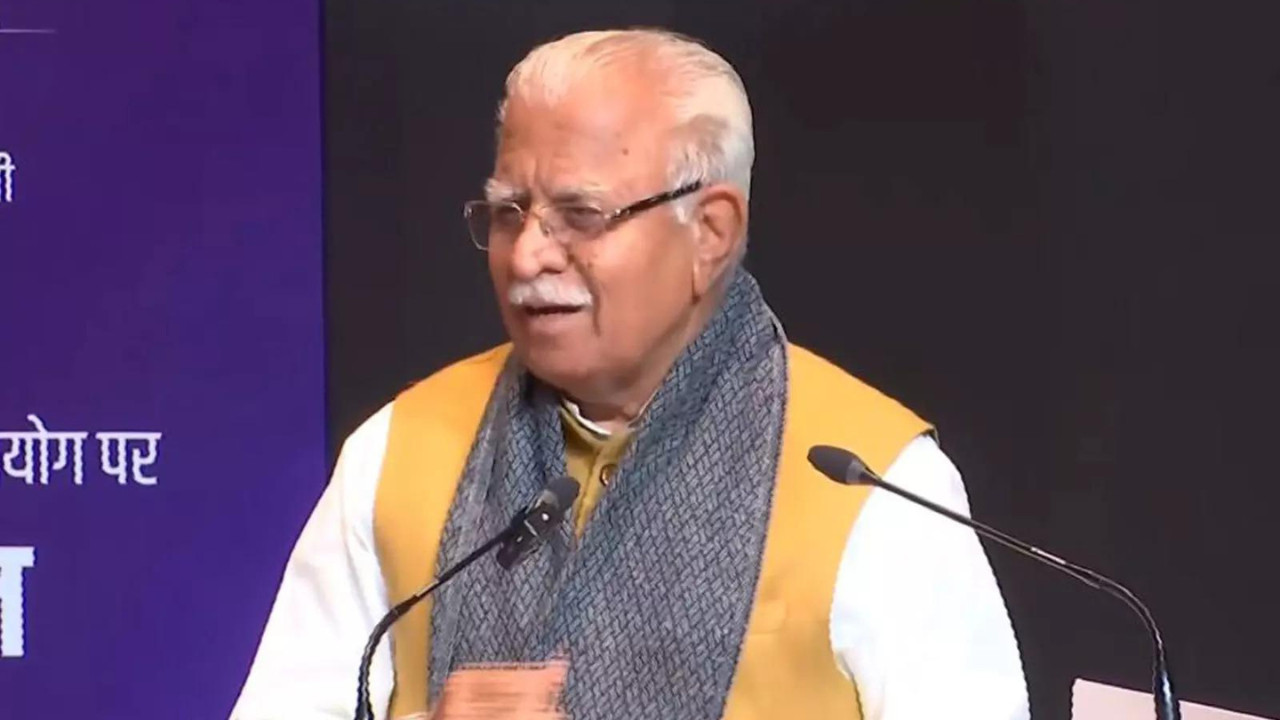India is actively engaged in free trade agreement (FTA) negotiations with key partners like the EU, US, Chile, and Peru, according to Commerce Minister Piyush Goyal. He emphasized the world’s interest in India as developed economies seek trade discussions.
India’s Trade Winds: Charting a Course for Global Partnerships
India’s playing a high-stakes game of global chess, and the pieces are constantly shifting. Trade agreements, the very lifeblood of international commerce, are being negotiated at a dizzying pace, with Indian negotiators putting in marathon sessions to secure advantageous deals. Think of it as economic diplomacy in overdrive, a whirlwind of meetings aimed at solidifying India’s position as a major player on the world stage. But what exactly is India aiming for, and who are its key partners in this ambitious endeavor?
Union Commerce and Industry Minister Piyush Goyal has offered a glimpse into this intense activity, describing ongoing FTA Negotiations as “subah se shaam” – a Hindi phrase meaning “from morning till evening.” This paints a vivid picture of the dedication and effort being poured into these critical discussions.

America, Chile, and the EU: Key Partners in India’s Trade Strategy
The United States, Chile, and the European Union are central to India’s current trade strategy. Each partnership presents unique opportunities and challenges.
* United States: Trade relations with the US are always complex, balancing areas of mutual interest with persistent points of friction. A comprehensive trade agreement could unlock significant economic benefits for both countries, boosting investment and creating jobs. The focus is on ironing out specific issues, hopefully leading to a more robust and predictable trade environment.
* Chile: Chile represents a gateway to Latin America, a region brimming with potential for Indian businesses. Deepening trade ties with Chile can create a strategic foothold, offering access to new markets and resources. An upgraded agreement might target reduced tariffs on key exports and simpler regulatory procedures.
* European Union: The EU is a major economic power, and a trade deal with the bloc would be a significant win for India. The negotiations with the EU are potentially the most intricate, covering a wide range of issues from tariffs to intellectual property rights and sustainable development. A successful agreement would not only boost trade but also send a strong signal of India’s commitment to international standards.
Beyond the Big Players: Expanding the Horizon
While the US, Chile, and the EU take center stage, India isn’t neglecting other important relationships. Negotiations are also underway with other nations and blocs, reflecting a broad-based approach to securing trade advantages across diverse regions. This multi-pronged strategy aims to diversify India’s trade partners and reduce dependence on any single market, making its economy more resilient and adaptable.
India’s long-term vision goes beyond simply increasing exports and imports. It’s about creating a more favorable environment for Indian businesses to thrive globally, attracting foreign investment, and integrating India more deeply into the global value chain. A key aspect of the FTA Negotiations is about ensuring that Indian industries have a level playing field.
Navigating the Challenges Ahead
Securing these trade agreements isn’t a walk in the park. Each negotiation involves complex compromises and requires careful consideration of the potential impact on various sectors of the Indian economy. Protecting domestic industries while fostering a competitive environment is a delicate balancing act.
Moreover, geopolitical factors and evolving global trade dynamics add another layer of complexity. India must navigate these challenges skillfully, ensuring that its trade agreements align with its broader strategic interests.
Looking Ahead: A Brighter Future for Indian Trade
The flurry of trade negotiations reflects India’s ambition to become a leading global trading nation. By actively engaging with key partners and pursuing a diversified trade strategy, India is laying the foundation for sustained economic growth and greater global influence. The “subah se shaam” efforts of Indian negotiators are a testament to this commitment. As these negotiations progress, it’s crucial to monitor the outcomes and assess their long-term impact on India’s economy and its role in the world. Ultimately, these agreements will shape the future of Indian trade and determine its place in the interconnected global landscape.







